Strategies to Preserve and Build Affordable Housing Near Green Amenities and Urban Trails
By Mac McComas and Jacob Lefkovitz
Harbors, rivers, and railroads were once key sites of urban productivity. In recent decades, many of these areas have been redeveloped to serve as “green” amenities, transformed into high demand centers of consumption. In Baltimore’s Inner Harbor, on the former site of the old Bethlehem Steel Propeller Yard building sits the current home of the Ritz-Carlton Residences where author Tom Clancy spent $15 million on a luxury condominium. New York City’s Highline was used to transport coal, dairy, and beef in the 19th century, but today it serves as a linear park and tourist attraction with nearby properties selling for over $10 million. In recent decades, demand for non-market environmental amenities such as clean air and green space have fueled the growth of the consumer city and attracted wealthy individuals to invest in real estate featuring such desirable amenities (Kahn and Walsh, 2014). This can raise concerns for “green” or “environmental” gentrification if neighborhoods experience an increase in access to green space, especially with a transit component (Rigolon and Nemeth, 2019). What strategies and policies have or can be used by cities to build or preserve affordable housing near green amenities and urban trails? In this brief, we provide a review of the academic literature on strategies to preserve and build affordable housing with respect to green amenities and urban trails. We look at a variety of strategies including shared equity homeownership models, upzoning, rent control, community benefits agreements, community equity endowments, tax credits, and affordable housing trust funds and, where possible, discuss evidence of their effectiveness.






